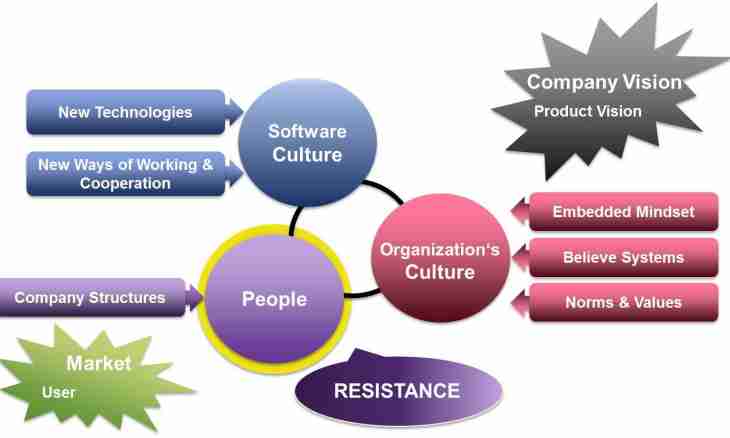Production at small, medium-sized and large enterprises differs in many signs, including in structure of production. A type of production structure in many respects defines jobs, their character, arrangement and purpose.
Instruction
1. The small enterprise has the minimum quantity of structural units, and the administrative personnel is insignificant therefore the structure of such production is minimum. The structure of medium-sized or large enterprise assumes existence of the main division (shops or sites), auxiliary, operating and so forth depending on volume and the direction of productive activity.
2. The structure of the main production assumes allocation and association on certain signs of shops or sites. Two main signs of classification is specializationsto on technology and a subject (product). Depending on it distinguish three types of structure of the main production: technological, subject and mixed.
3. According to technological structure of the shop or sites are grouped in the principle of uniformity of the technologies used on them. As a rule, to a separate phase of production there corresponds a certain division. At engineering plants allocate foundry, mechanical, forge shops in which several sites work, for example, within mechanical production turning, milling sites, etc. work.
4. At subject structure of production of the shop are subdivided by the form the products (objects) or their components made by them. For example, at the automobile building plants – shops are structured by the form the parts of cars released by them: chassis, frames, bridges and so forth.
5. The mixed structure of production is characteristic of the enterprises of mass or mass production. At this type of structurization the procuring production (for example, the steel department), and on subject – releasing is based on the technological principle.
6. Shops or sites which carry out the current or scheduled repair of the equipment, service of transport belong to auxiliary divisions. Examples: tool, model, transport, etc. shops. Auxiliary departments are formed by the same principles, as the main: technological, subject and the mixed type.
7. The organization of administrative personnel means creation of several levels of the management. At large enterprises – 8-12 levels. All levels are hierarchically interconnected, and the structure of the unit manager depends on the nature of production, branch of work, production scales and also level of hardware of the enterprise.

